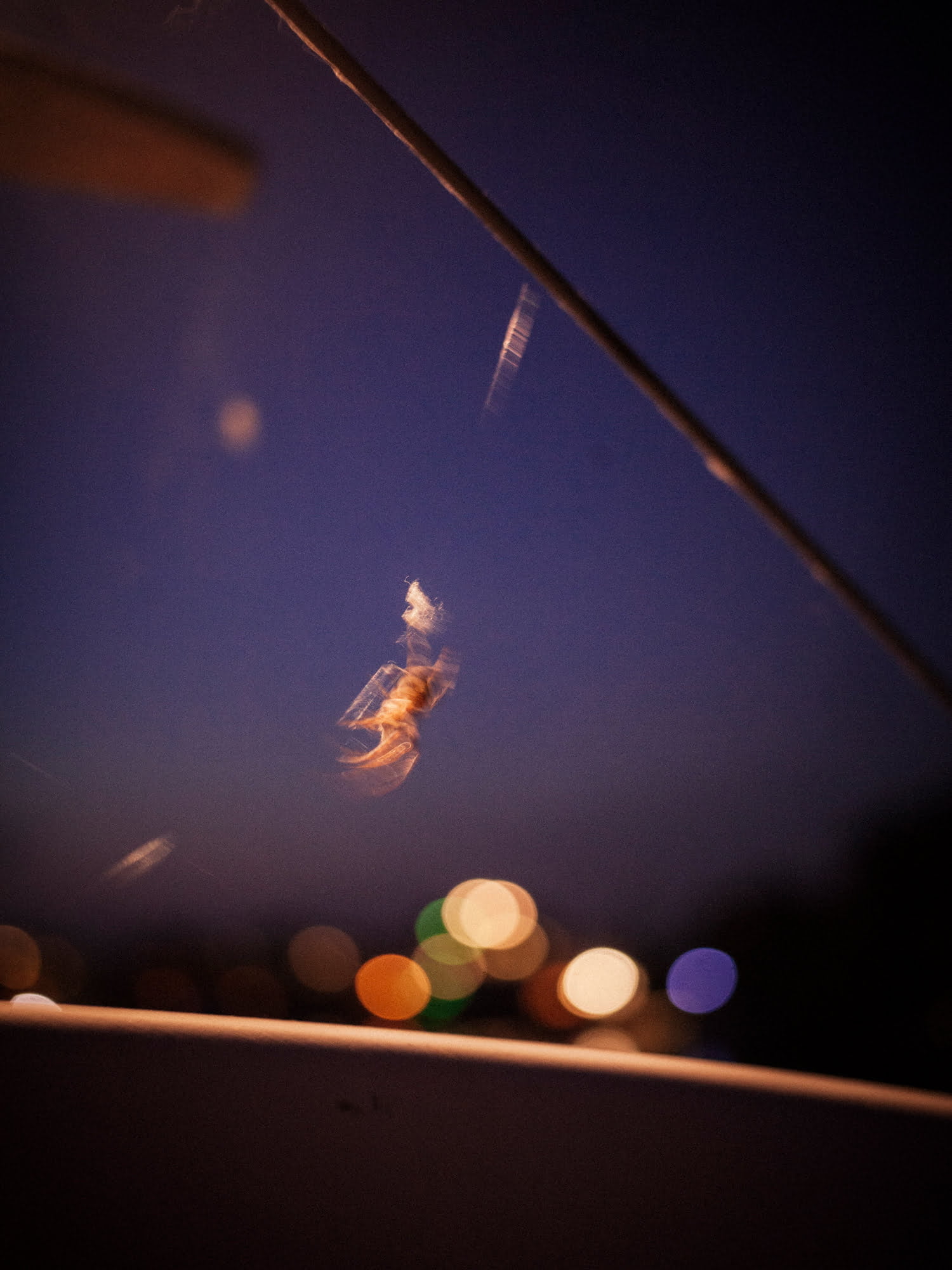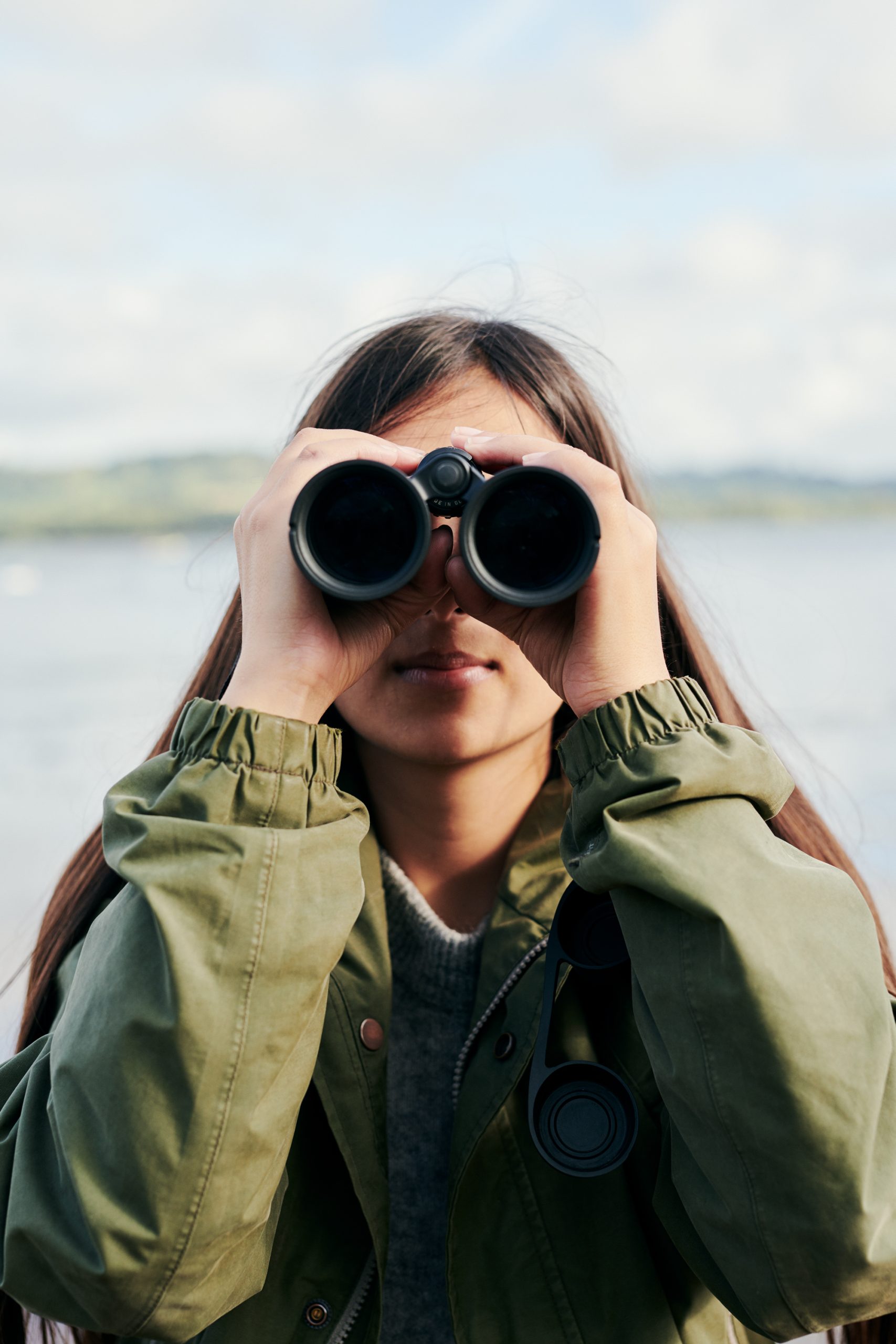The future’s bright. Too bright. In fact, artificial light is wreaking havoc on the planet and our health, warns Swedish ecologist Johan Eklöf. We spoke to him about how we can tackle light pollution and save the darkness.
Scrolling through social media or catching up on a Netflix show can seem like a great way to unwind at the end of the day. But we are increasingly understanding that the light emitted by phone and computer screens disrupts our built-in food and sleep clocks by interfering with the daily cycles of melatonin and other sleep hormones. This is contributing to insomnia, depression and even obesity.
It’s not only phones and computers that have this effect. The artificial light from streetlamps, headlights and electronic billboards has made light pollution a major issue, turning the night sky a dull orange and effectively keeping our brains and bodies in near-permanent ‘on’ mode.
We’re able to tell stories like this because of people like you. Join others from around the world in supporting Imagine5’s mission towards a sustainable future. Become a member, or donate what you can. Join today and receive our latest magazine for free.
By 2016, some 80% of the global population – and 99% of the population in Europe and the US – lived under light-polluted skies. And the world keeps getting brighter. Earlier in 2023, a study published in the journal Science found that between 2011 and 2022, light pollution on Earth increased 9.6% annually.
It was this disappearing night that prompted Johan Eklöf to write The Darkness Manifesto, which is published by Vintage in Europe and Scribner in the US. Made up of 43 short, accessible chapters, the book is a wide-ranging and often beautifully written exploration of the damaging effects of constant illumination. It’s also a passionate plea to embrace the dark. In fascinating detail, Eklöf describes the impact of artificial light not just on humans but on every living thing. By extending our day and forcing out the night’s inhabitants, we are disrupting entire ecosystems.

Nick Garbutt / Nature Picture Library
Bright lights, big problems
As a bat expert, Eklöf has spent a lot of time in the dark. The idea for the book was planted in 2015, when he was counting bats in the churches of Västergötland, a province of southwestern Sweden. In the 1980s, two thirds of the churches had their own bat colony. Forty years later, Eklöf’s results showed that this number had decreased by a third. Light pollution was one of the causes. “The churches all glow like carnivals in the night,” he writes. “All the while the animals – who have for centuries found safety in the darkness of the church towers and who have for 70 million years made the night their abode – are slowly but surely vanishing from these places.”
Insects, half of all species of which are nocturnal, are not faring much better. As anyone who has watched moths endlessly circle a porch light knows, artificial bulbs exert a fatal attraction on insects. The insects become hypnotised by the light when trying to navigate by the moon. “Many of them die before dawn, sometimes of sheer exhaustion,” we learn. “When the lights eventually turn off … the surviving insects have hardly moved at all and haven’t achieved their night’s goals. They haven’t got their nectar, haven’t transported the plants’ pollen around, haven’t found a partner or haven’t been able to lay any eggs.”
Other insects are similarly confused by bright light. In one memorable example, Eklöf describes the grasshoppers that descended on Las Vegas in 2019. In swarms so large they showed up on meteorologists’ radar screens, the grasshoppers were drawn by the immense sky beam atop the Luxor Hotel and Casino, whose light is equivalent to 42 billion candles. Scenes of the critters invading the city’s famous strip were shared all over social media.
“We, as private individuals, can, with little cost, reduce the amount of our light pollution.”
Johan Eklöf, Swedish ecologist
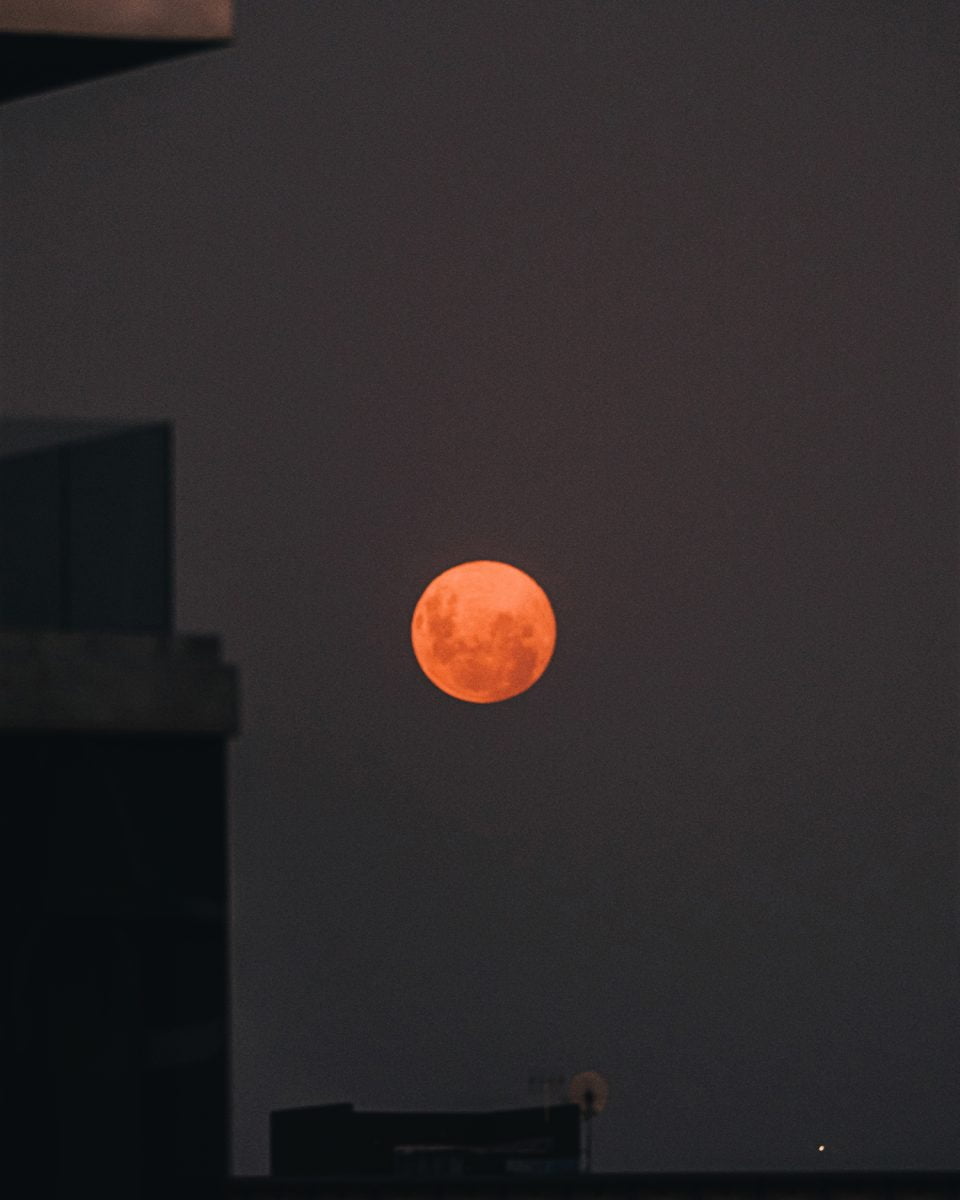
Today, about 40% of all insect species are threatened with extinction. Various factors are behind this, including habitat loss, global warming and overuse of agricultural chemicals. However, it is becoming increasingly clear that light is an important part of the puzzle.
Declining insect numbers have a knock-on effect on bats and insect-eating birds, but other species are affected by light pollution as well. Newly hatched sea turtles head towards the lights of coastal developments rather than to the moonlit sea. Even coral, which in Australia reproduces once a year when December’s full moon triggers it to release millions of male and female sex cells, is being thrown off. Disoriented by artificial light, the sex cells’ release is no longer synchronised, reducing reproduction and contributing, it is believed, to coral bleaching.
Eklöf is quick to point out how these changes directly affect humans. For example, a single bat can eat 3,000 insects in one night, including insects that destroy crops and spread diseases such as malaria. Bats are also important pollinators, pollinating more than 500 plants, such as economically valuable mango, guava and date. Other plants rely on bats to spread their seeds in their droppings. Bats may operate largely out of sight, “but we gratefully enjoy their work”, he writes. The disappearance of bats and many other plant and animal species could spell disaster for biodiversity, food supplies and other ecosystem services that we rely on.
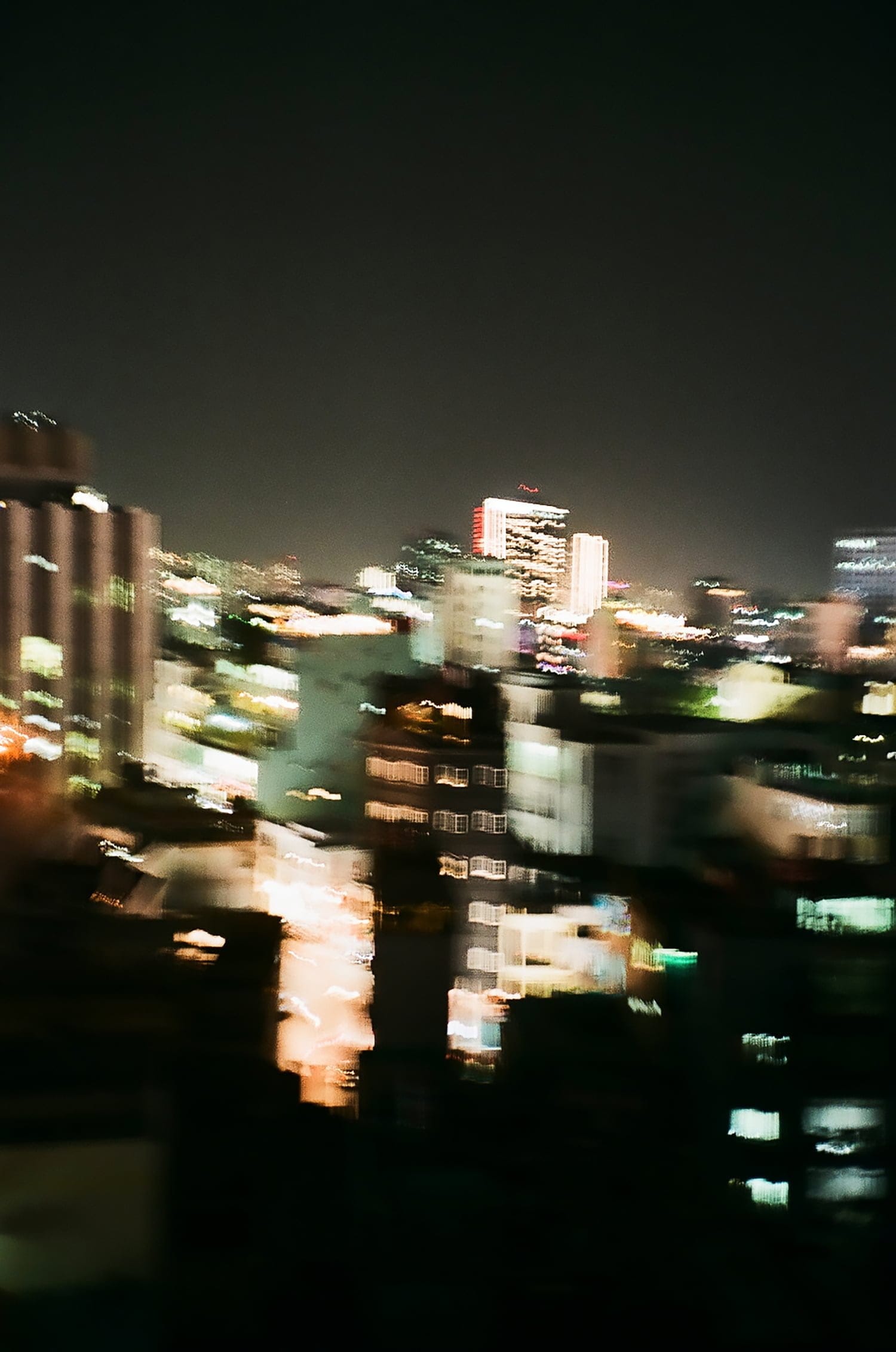
Rachel Israela / Connected Archives
The easiest pollution to solve
When Eklöf, who runs a consultancy that includes advising governments and companies on how to reduce their light footprint, began writing The Darkness Manifesto, the impacts of light pollution had not been widely studied. Three years after the book was first published in Sweden in 2020, that has changed significantly. “In the beginning I could keep up with all the published papers and the research,” he says from his home outside Gothenburg. “But in the end, every day something new was being published on the subject. So, then I realised this is an exploding area.”
The timing couldn’t be better, he believes, noting that of all environmental problems we face, light pollution is the easiest to solve – at least technically. “We, as private individuals, can, with little cost, reduce the amount of our light pollution. With light shades, downward-facing light sources low to the ground, and dim lighting, we can reduce the cities’ total amount of light, as well as the artificial light scattered in the atmosphere,” he writes. Motion sensors and timers can also help.
He adds that LED lights, which have been a big contributor to light pollution because they are so cheap to run, could also be a part of the solution. “That’s the benefit of LED, you can so easily change colours. So, if you have a warmer light in yellow or red [which more closely resembles that of the stars at night], that’s better for wildlife.” He points to DarkSky International, a global dark sky advocacy network that offers a host of resources. These include an explanation of responsible outdoor lighting and where to find DarkSky-approved lighting products.
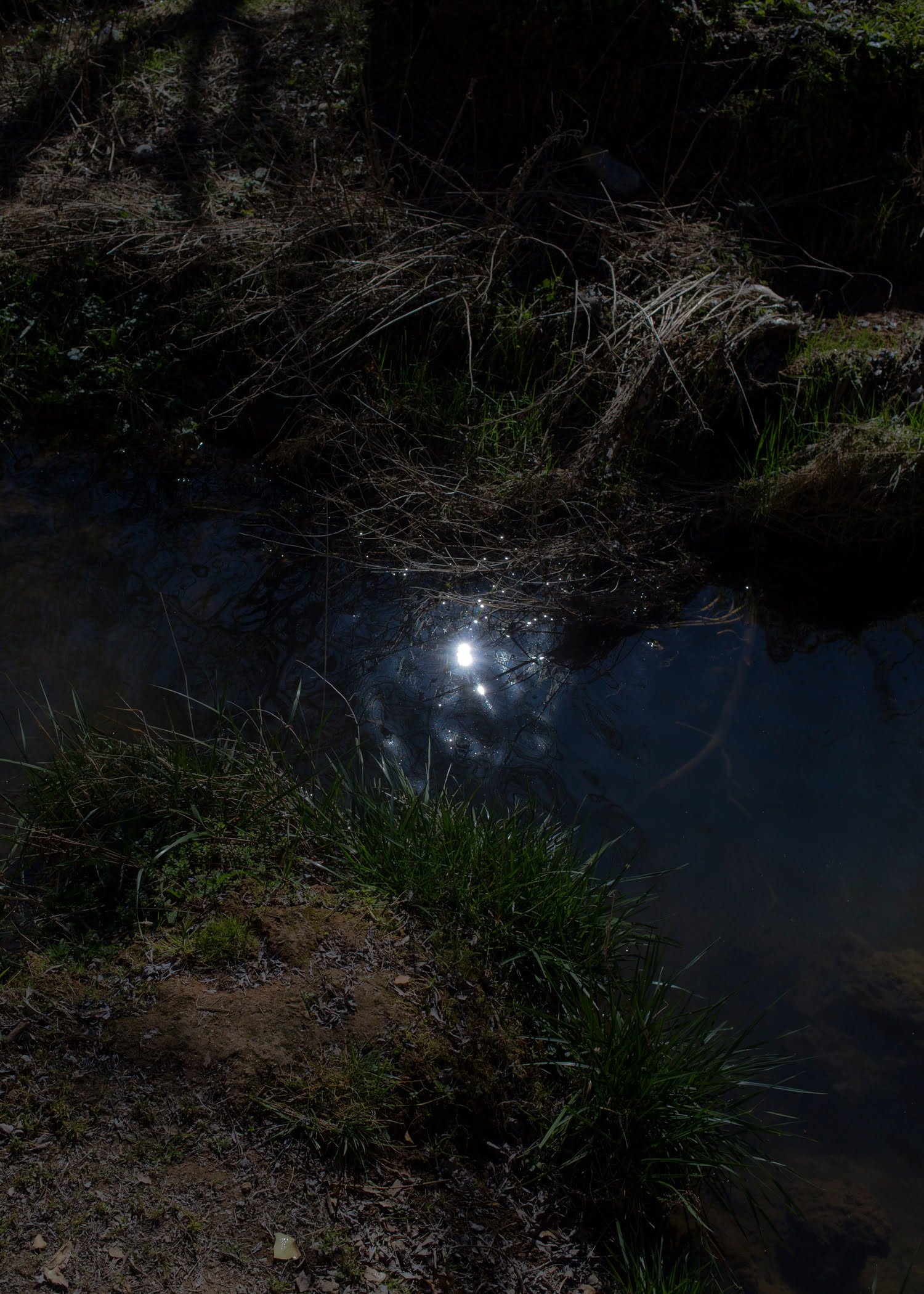
Manuel Nieberle / Connected Archives
Hitting the dimmer switch
Several other initiatives are emerging – an indication of the growing interest in the environmental and economic advantages of darker skies. France has adopted a national policy that imposes curfews on outdoor lighting and limits the amount of light that may be emitted into the sky. In Salt Lake City, Utah, residents can sign a pledge to turn off their garden lights and dim their window lights in spring and autumn when millions of migrating birds pass through the Great Salt Lake area.
There is also the annual International Dark Sky Week in April, which encourages people to turn off their lights and observe the beauty of the night sky. Meanwhile, countries around the globe are embracing ‘dark sky tourism’, which offers activities from stargazing walks to trips to see the northern lights. Ireland, which has established dark sky parks and organises a dark sky festival, is at the forefront of this trend.
Even light designers are coming round, says Eklöf, who is cautiously optimistic that we can flip the switch on light pollution. “Light pollution is now included in city planning in many places, which it wasn’t three or four years ago. We have the awareness; we have the technology. Light designers all over the world are on board. I thought they’d be the enemy, but they’re the most interested of all.”
In the meantime, he hopes his book will inspire us to rethink our relationship with the dark and take steps to preserve it. The book ends with an actual manifesto and an invitation to “seize darkness. Become its friend and enjoy it – it will enrich your life.”
Quote image by:
Doytcheva / Connected Archives, KINTZING
We’re able to tell stories like this because of people like you. Join others from around the world in supporting Imagine5’s mission towards a sustainable future. Become a member, or donate what you can. Find out more here
